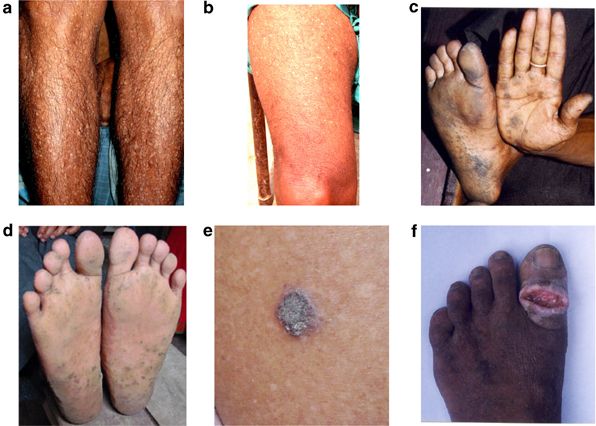
If you work in an industry that uses arsenic, please read chemical labels and the accompanying Safety Data Sheets for hazard information. NIOSH recommends that employers use Hierarchy of Controls to prevent injuries. Workers who perform nonferrous smelting-a process to extract metal from ore.Recyclers exposed to electronic or e-waste.Construction and mine workers exposed to arsenic-containing soil.Employees involved in glass manufacturing.Agricultural or farm workers exposed to some farming chemicals.Some examples of workers at risk of being exposed to arsenic include the following: It is used in some paints, wood preservatives, agricultural chemicals, and in glass manufacturing. The level of exposure depends upon the dose, duration, and work being done.Īrsenic is used in many industries. Workers may be harmed from exposure to arsenic. Exposure to arsenic can also cause cancer. Arsenic can be harmful to the eyes, skin, liver, kidneys, lungs, and lymphatic system. Results suggest that overall the trophic transfer of arsenic is more likely to occur within an aquatic system, although transfer to terrestrial predators may play an important role in arsenic cycling during periods of mass emergence of insect prey.Arsenic (As) is a white to gray, brittle solid. It occurs naturally in water and soil. tarsalis to aquatic and terrestrial predators. The trophic transfer potential of arsenic from aquatic to terrestrial environments was evaluated by feeding contaminated Cx. There was a limited effect of exposure on predator avoidance behaviors, but interactions made patterns difficult to discern. tarsalis revealed no effects of prolonged arsenic exposure on frequency or duration of measured behaviors, including time spent resting, gliding, diving, and swimming. tarsalis, arsenic was found throughout the larval and adult bodies.īehavioral assays on Cx. There was evidence for reduction of arsenate to arsenite, and production of an As-thiol. Chironomus riparius larvae accumulated arsenic in the midgut, while adults had arsenic distributed throughout the exoskeleton. X-ray absorption spectroscopy was used to map the localization and biotransformation of arsenic in various life stages of C. Culex tarsalis was the more sensitive species, but both species were tolerant to arsenic exposure. Arsenic did not affect growth and survival of these mosquitoes compared to controls. israelensis or Lysinibacillus sphaericus microbial pathogens to determine shifts in survival curves resulting from arsenic accumulation. Larvae of Culex tarsalis and Culex quinquefasciatus exposed to arsenate or arsenite were assayed against Bacillus thuringiensis var.

Total arsenic body burdens decreased 72% between larval and adult stages. There was a significant increase in the time between male and female emergence when exposed to 1000 μg/l as larvae, and a significant decrease in the number of eggs produced per egg mass. I investigated the effects of arsenic on survival, growth, and reproduction of Chironomus riparius.

The overall goal of this dissertation was to investigate the sublethal effects of arsenic on aquatic primary consumers, and how they could transfer arsenic from aquatic to terrestrial environments. Arsenic is a widespread contaminant of aquatic systems worldwide, and though the toxic effects on vertebrates are well understood, the impacts of chronic arsenic exposure on lower trophic levels of insects have received little attention.


 0 kommentar(er)
0 kommentar(er)
